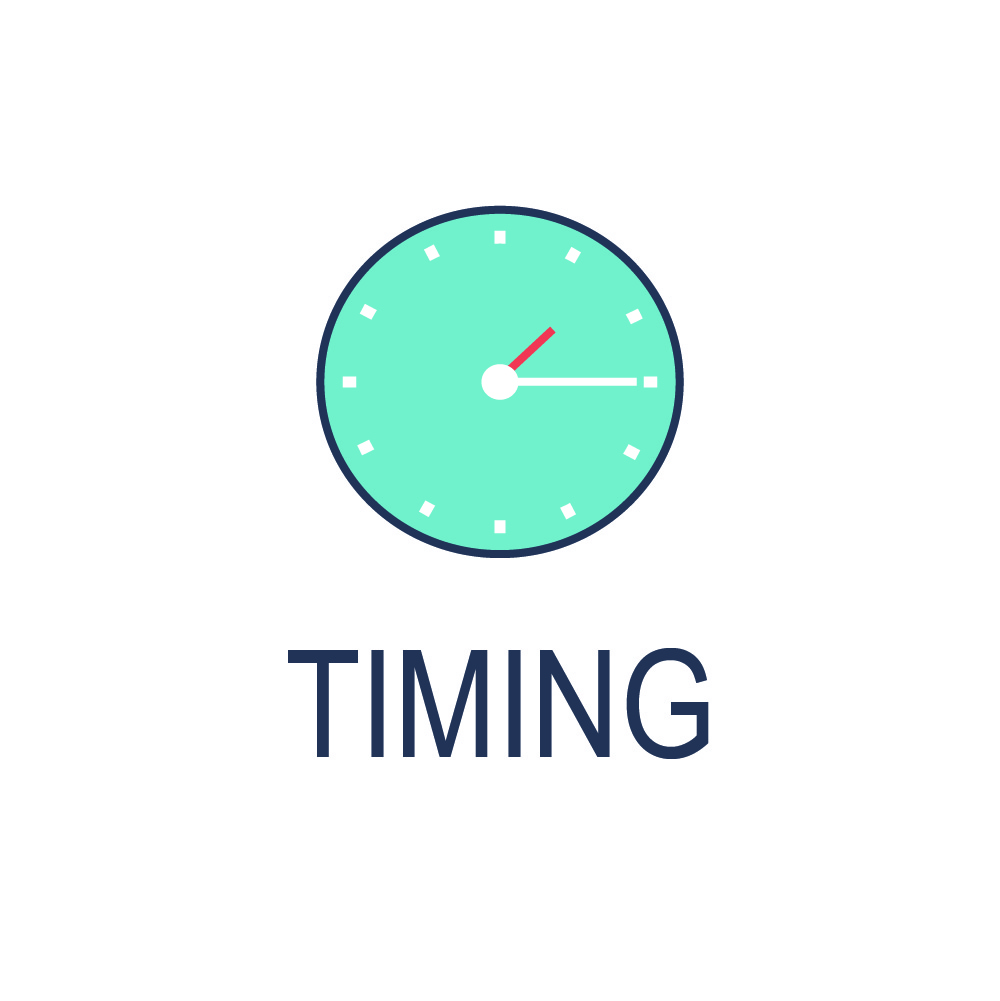An external cue for many people is the clock. What makes you reach for something to eat? Do you feel the need to eat at “breakfast time” or “lunch time” or another typical mealtime? I frequently ask clients what prompts them to eat at a particular time. A common response is, “Because it’s time for breakfast or because it’s time for lunch.” When I ask them about whether or not they were hungry, they’re not sure.

It’s a habit for many to eat breakfast in the morning at a designated time, without regard to what’s happening in their body. And the importance of breakfast has been drilled into our heads for many years. Breakfast is an important meal, but so is every meal when you’re hungry and the body needs fuel. It needs to be the first time you get hungry in the morning. For some people it might not be until they have been awake for a couple hours.
Do you think you’re hungry when the clock strikes noon? Eating at “lunch time” when your body isn’t asking for fuel increases your potential for fat storage. 43 My suggestion of breaking this pattern turns everything on its head.
If you have dieted chronically, your hunger and fullness signals may not be ideal and you’ll need to slowly progress towards relying on your internal cue of hunger rather than the time on the clock. When mealtime hits, you can use it as a reminder to check in with your stomach and assess your hunger instead of automatically eating because it’s time.
What I’m trying to emphasize in ONE-TWO PUNCH is that mealtime is when your incinerator door is open, utilizing your internal cue of physical hunger, not an external cue of the time on the clock. It’s going to take practice to ignore the clock and focus instead on your stomach.
I believe if everyone could aptly detect their hunger and fullness (when the incinerator door is OPEN and when it is CLOSED) and eat accordingly, most people would be at appropriate weights and have an appropriate relationship with food. Of course, there would still be a range of body types and sizes.
It is easy, so very easy, to mistake all kinds of other sensations for physical hunger. Because of that, it’s also easy to eat for lots of reasons other than physical hunger.
Ideally, you are waiting for an internal physical stomach signal to grab you, interrupt you and pull you from what you are doing. Your hunger should knock at your door, not have you continually checking in with it. You shouldn’t have to repeatedly ask, “Am I hungry now? How about now?” It will tell you.
When you ignore hunger or fullness, or if you don’t recognize hunger or fullness, the incinerator is disregarded entirely.13,44 The great news is you can learn or relearn how to distinguish physical hunger from appetite.
References
13. Murray M, Vickers Z. Consumer views of hunger and fullness. A qualitative approach. Appetite. 2009;53(2):174-182.
43. McHill A, Phillips A, Czeisler C et al. Later circadian timing of food intake is associated with increased body fat. Am J Clin Nutr. 2017;106(5):1213-1219.
44. Alexander K, Siegel H. Perceived hunger mediates the relationship between attachment anxiety and emotional eating. Eat Behav. 2013;14(3):374-377.

Comments are closed.